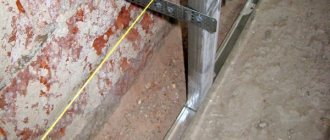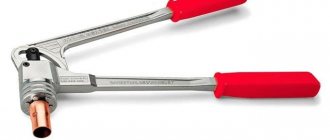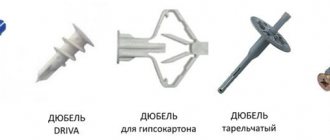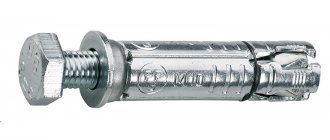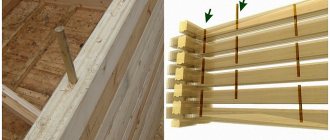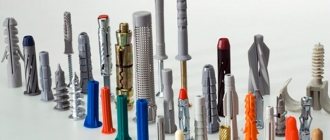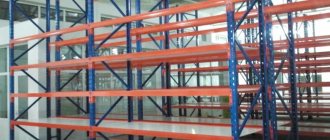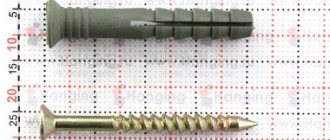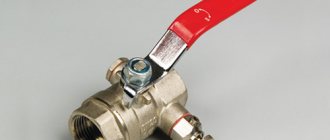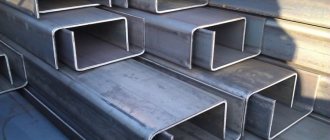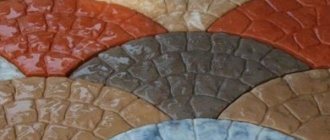Progress does not stand still. Every day there are some innovations in the field of construction. Today there are a great variety of fasteners for various purposes. Not so long ago, another variety of it appeared - a metal hammer-in dowel, which will be discussed in the article - photos will be given, its properties, types, scope of application will be described, and explanations will also be given about its installation and operation.
Device and principle of operation
When large amounts of concrete and stone are used in construction, nails and a hammer are no longer enough. The method of driving wooden choppers into a previously prepared hole in the wall is reliable, but it is very labor-intensive. An interesting development was the hammer-in metal dowel.
Today you will not surprise anyone with an ordinary dowel-nail, with a metal nail driven into a plastic dowel with a specific conical thread made on it. The plastic dowel is notched and equipped with spacers that open when a nail is inserted into it.
The metal structure is designed differently. There are no threads on the nail, and the dowel has a smooth surface. When a nail is inserted, the sleeve expands tightly and the structure becomes irremovable.
Type of dowels
There are many types of dowels. For each specific case, different ones are selected - it all depends on the task at hand. All dowels are divided into two large groups: universal and spacer.
Expansion
Expansion dowels include fasteners whose body undergoes expansion during installation. The top part of the part is usually made of dense plastic, while the core, which is screwed into the sleeve, is made of plastic or metal. Such dowels are mainly driven into solid walls with solid filler.
Universal
Universal dowels can be fixed in a wall that is hollow. The material of the upper part of such a dowel, under the influence of the rotating force of the core, twists and forms a nylon surface that fits tightly to the surface of the hole made in the wall. To fix insulation, dowels with wide heads are used.
Disc-shaped
One of the most popular fasteners are plastic expansion dowels. The body in such parts is made of nylon, polypropylene or other identical materials. The sleeve of such a dowel looks figurative - many sharp protrusions and tendrils are visible on it, thanks to which the part “sits” firmly in the wall. The plastic expansion dowel is equipped with a metal core that is longer than the outer base. The core is threaded or has cone-shaped formations. Thanks to them, the inner part of the dowel, when screwed in, is firmly held in the plastic sleeve and, accordingly, in the wall.
Scope of application
A metal structure is used in the same areas as a regular plastic dowel-nail - for attaching hoods, air conditioners, TVs - medium-weight household appliances to walls.
The load-bearing capacity of a metal hammered dowel is higher than that of its plastic counterpart with the same base used and the same diameter and length of the dowels.
A metal dowel is well suited for fastening suspended ceilings and baseboards. The limitation is that the expansion force is slightly greater than that of a plastic structure, so it is recommended to use metal dowel-nails when installing on a solid, dense base without cavities inside.
Anchor metal dowel
The peculiarity of this type of fastener is that it is mounted without the use of a drill or hammer drill. For these purposes, a special pneumatic gun is used.
The advantages of this installation are convenience and speed, as well as the absence of as much construction waste as when using a hammer drill. It is enough to make a mark on the base into which the anchor will be mounted, bring the gun to it, pull the trigger - that’s it, the installation is complete.
The metal anchor dowel consists of a thick pointed rod, a lock washer placed on it, and a large cap that prevents complete penetration into the material.
The fastener is disposable and very reliable, used in particularly critical places.
There are also brass dowels, which differ slightly from anchor dowels in structure, but perform the same functions. They use a bolt with a metric thread as a rod, and when screwed in, the spacer mechanism is activated.
The brass from which the fasteners are made allows it to be used in aggressive environments with high humidity.
Driva metal dowel for drywall
Due to the ease of installation of bulkheads made from it, plasterboard is popular. It is distinguished not only by its softness, but also by its looseness; hanging even a light picture on it is already problematic, which is the reason for the design of the Driva dowel.
This dowel is a cylindrical rod with a high thread having a large pitch. Its nose is made in the form of a feather drill. Its head has a slot for a Phillips screwdriver. Thanks to this structure, it is very convenient to screw into drywall, chipboard, OSB and other similar materials.
To install the Driva dowel, there is no need to pre-drill the drywall - just make a mark on it and mark the future hole using a nail or self-tapping screw. It is impossible to overload the structure with massive objects, since the base may collapse under the influence of gravity.
This mount is suitable for mounting a mirror, a small shelf or a flowerpot. An ordinary metal screw is quite suitable as a nail for such a dowel.
Lanyard for rigging workCrab system for profile pipes: features of the selection and use of fastening systems and connecting elements
What is a rigging shackle? Size standards, modern types, rules and features of choice
Dowel installation
Installing a dowel involves performing certain actions. For ease of understanding, they are presented in the form of pictures.
At the first stage, a hole is made in the wall at the intended location for the diameter of the fastening element. In this case, the dowel must fit into the socket with tension. The longitudinal axis of this hole must be perpendicular to the plane of the mounting base.
Then you need to remove the fragments of base material and dust formed during drilling from the nest. This can be done using a rubber bulb, vacuum cleaner or pump.
Next, the dowel must be inserted into the prepared hole and hammered in until it stops. This procedure must be performed with maximum care so as not to damage the fastener.
At the final stage, a screw/screw is screwed into the dowel.
